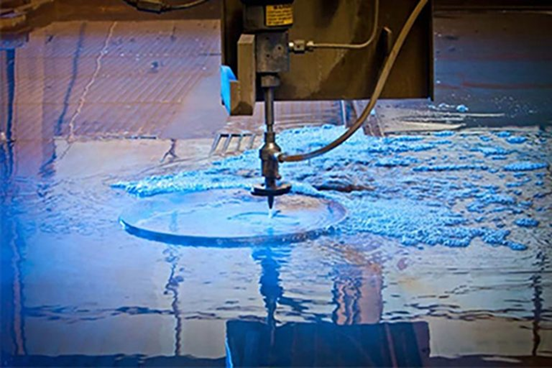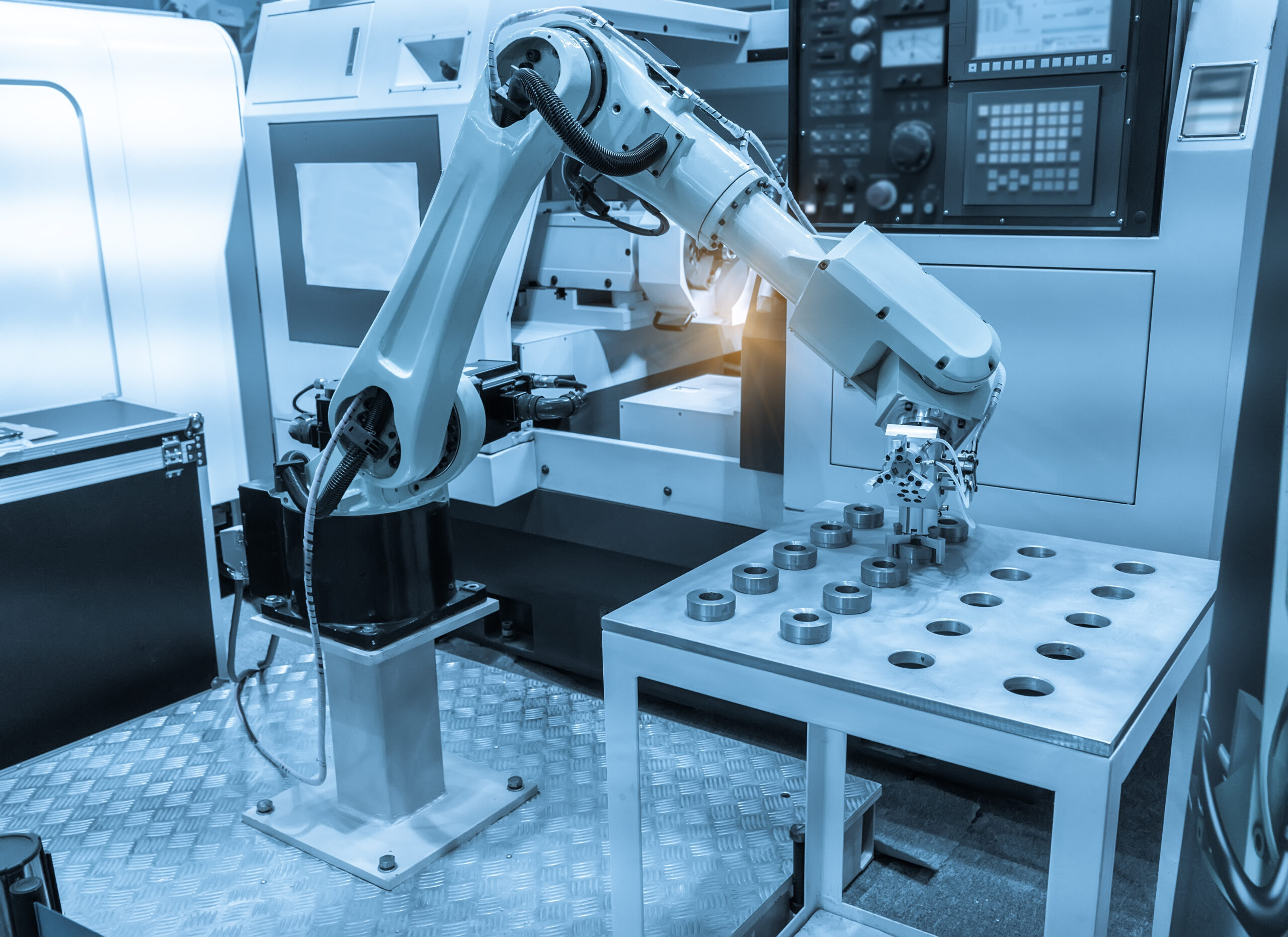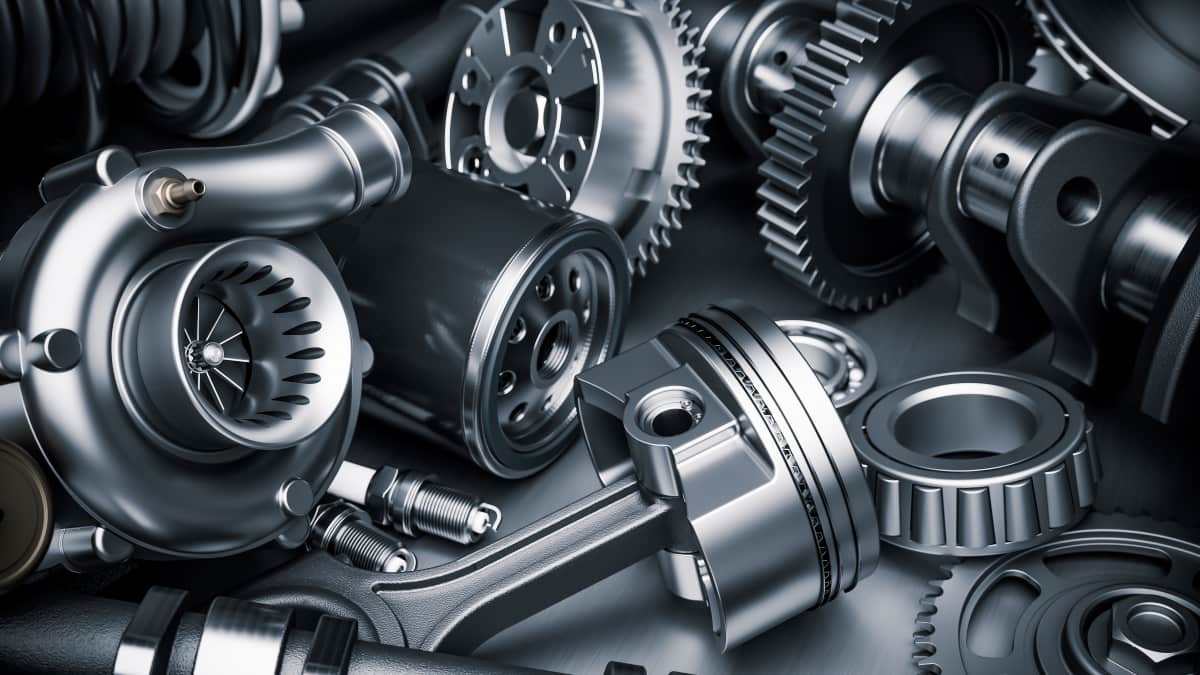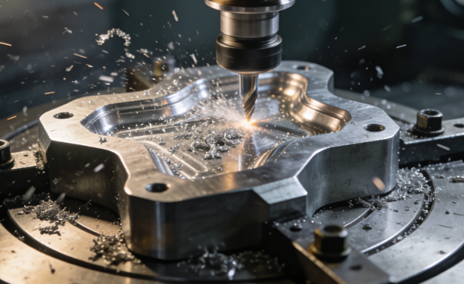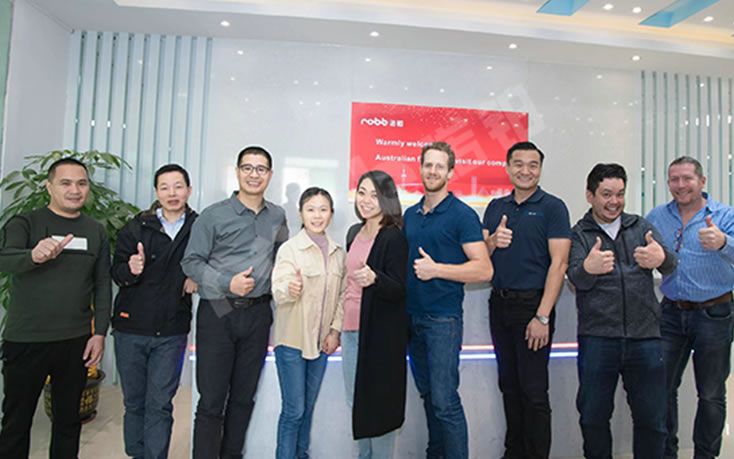Introduction: The Laser Cutting Revolution
In the rapidly evolving world of industrial manufacturing, laser cutting has emerged as one of the most transformative technologies of the 21st century. This advanced fabrication method utilizes concentrated beams of light to cut through materials with astonishing precision, achieving tolerances as tight as ±0.1mm – thinner than a human hair. Unlike traditional mechanical cutting that relies on physical contact between tool and material, laser cutting is a non-contact process that eliminates tool wear while enabling complex geometries impossible with conventional methods.
The global laser cutting machine market, valued at $5.81 billion in 2022, is projected to grow at a compound annual growth rate (CAGR) of 7.8% through 2030 according to Grand View Research. This explosive growth is driven by laser cutting’s unique advantages across multiple industries:
- Automotive: Enabling lightweight vehicle designs through precision-cut aluminum and advanced high-strength steels
- Aerospace: Fabricating complex titanium components with reduced material waste
- Medical: Producing ultra-precise surgical instruments and implantable devices
- Electronics: Creating intricate circuit boards and micro-components
This comprehensive guide will explore the technical foundations of laser cutting, its transformative applications across industries, economic benefits compared to traditional methods, and emerging innovations that are pushing the boundaries of what’s possible in manufacturing.
The Science Behind Laser Cutting Technology
Fundamental Principles
Laser cutting operates on the principle of concentrated light energy conversion. The term “LASER” stands for Light Amplification by Stimulated Emission of Radiation. In industrial applications, this involves:
- Energy Generation: Electrical energy excites lasing medium atoms (CO₂gas, crystal, or fiber)
- Photon Emission: Stimulated atoms release coherent light photons
- Beam Focusing: Mirrors and lenses concentrate light into a 0.1-0.3mm diameter spot
- Material Interaction: Focused beam heats material to vaporization/melting point (up to 30,000°C)
- Material Ejection: High-pressure assist gas (O₂, N₂, or air) removes molten material
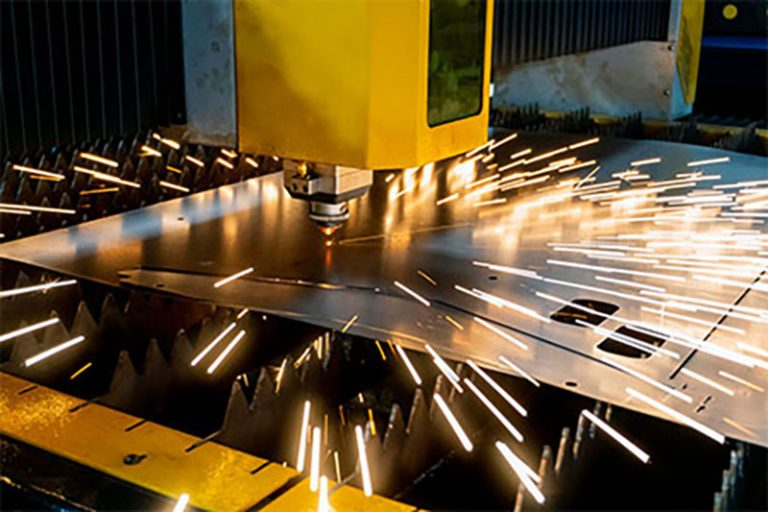
Laser Types and Capabilities
Modern manufacturing utilizes three primary laser types, each with distinct advantages:
| Laser Type | Wavelength | Power Range | Best For | Cutting Speed* |
| CO₂ Laser | 10.6 μm | 1-6 kW | Organics (wood, acrylic), thin metals | 10 m/min (3mm steel) |
| Fiber Laser | 1.06 μm | 1-20 kW | Metals (steel, aluminum, copper) | 25 m/min (3mm steel) |
| Disk Laser | 1.03 μm | 1-8 kW | Reflective metals (brass, gold) | 18 m/min (3mm steel) |
*Speed for 3mm mild steel with 2kW laser
Fiber lasers dominate metal cutting applications, offering:
- 30% higher energy efficiency than CO₂ lasers
- 5x faster cutting speed on thin metals
- Lower maintenance(no mirrors or gas replenishment)
Recent advancements in ultrafast (picosecond) pulsed lasers now enable micron-scale precision for specialized applications like medical device manufacturing and electronics.
Technical Advantages Over Traditional Cutting Methods
Precision and Accuracy
Laser cutting achieves unparalleled precision through:
- Beam positioning accuracy: ±0.01mm with linear encoders
- Kerf width: As narrow as 0.1mm (vs 1-2mm for plasma)
- Edge quality: Ra 0.8-3.2μm surface finish without post-processing
Comparative tolerance capabilities:
| Method | Typical Tolerance | Minimum Feature Size | Edge Angle |
| Laser Cutting | ±0.1mm | 0.02mm holes | 0.5-2° taper |
| Waterjet Cutting | ±0.2mm | 0.5mm | 0° (perfectly square) |
| Plasma Cutting | ±0.5mm | 1.0mm | 3-6° taper |
| Mechanical Punching | ±0.2mm | 1.5×material thickness | Sheared edge |
Material Versatility
Modern laser systems process an extraordinary range of materials:
Metals:
- Carbon steel (up to 30mm thick)
- Stainless steel (up to 25mm)
- Aluminum (up to 20mm)
- Titanium (up to 15mm)
- Copper/brass (up to 10mm)
Non-Metals:
- Acrylic (up to 50mm)
- Wood (up to 30mm)
- Plastics (ABS, PETG, polycarbonate)
- Composites (carbon fiber, GFRP)
- Ceramics (with specialized lasers)
Economic Benefits
A comprehensive cost analysis reveals laser cutting’s advantages:
| Factor | Laser Cutting | Waterjet | Plasma | Punching |
| Operating Cost/hr | $50-150 | $70-200 | $30-80 | $20-50 |
| Setup Time | 5-15 min | 15-30 min | 10-20 min | 30-60 min |
| Tooling Costs | None | Nozzles ($200) | Electrodes ($50) | Dies (5k−5k−50k) |
| Energy Efficiency | 25-40% | 10-15% | 15-25% | 30-50% |
Key economic advantages:
- 80% reduction in tooling costs vs punching
- 60% setup time than waterjet
- 40% less energy consumption than plasma
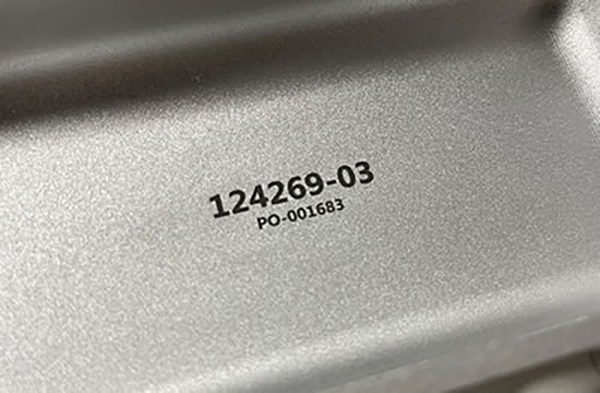
Industry-Specific Applications and Case Studies
Automotive Manufacturing Revolution
Modern vehicles incorporate hundreds of laser-cut components:
Electric Vehicle Battery Systems:
- Copper busbars cut at 20m/min with ±0.05mm accuracy
- 30% cost reduction versus stamped alternatives
- Case Study: Tesla’s Gigafactory processes 5,000+ battery tabs/hour
Lightweight Structural Components:
- 3D laser-cut aluminum door rings (Audi A8)
- 40% weight reduction versus steel equivalents
- 15% improvement in crash test performance
Aerospace and Defense Applications
The aerospace industry demands extreme precision and material efficiency:
Titanium Aircraft Components:
- 5-axis laser cutting of engine mounts (Boeing 787)
- 95% material utilization vs 60% with milling
- 70% reduction in machining time
Composite Material Processing:
- Pulsed laser trimming of carbon fiber wings (Airbus A350)
- Delamination-free edges
- 02mm positional accuracy
Medical Device Manufacturing
Laser cutting enables life-saving innovations:
Vascular Stents:
- 1mm struts in nitinol alloy
- FDA-approved manufacturing process
- 99% defect-free production (Medtronic case study)
Surgical Instruments:
- Mirror finishes (Ra <0.4μm) prevent bacterial adhesion
- Complex geometries for minimally invasive tools
- Single-piece construction eliminates assembly
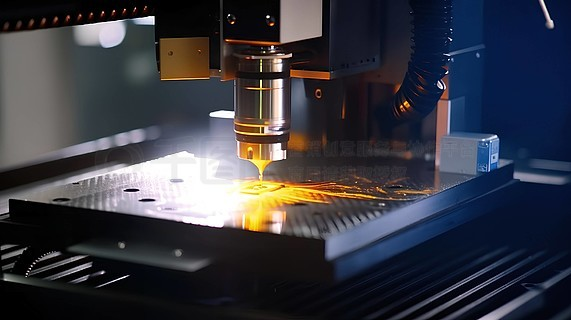
The Future of Laser Cutting Technology
Industry 4.0 Integration
Smart factories are adopting:
AI-Powered Process Optimization:
- Real-time cut quality monitoring (Keyence systems)
- Predictive maintenance algorithms
- 30% reduction in scrap rates
Digital Twin Technology:
- Virtual process simulation
- Parameter optimization before physical cutting
- 20% faster ramp-up for new parts
Next-Generation Laser Sources
Emerging technologies include:
Green Lasers (515nm wavelength):
- 50% better copper/gold cutting efficiency
- 30% energy savings
- First adopted for EV battery manufacturing
Ultrafast Pulsed Lasers:
- Picosecond pulses for cold ablation
- Zero heat-affected zone
- Medical device and electronics applications
Sustainable Manufacturing
Laser cutting contributes to greener production:
Material Efficiency:
- 90% less waste than milling
- Optimized nesting software
Energy Innovations:
- 40% more efficient fiber lasers
- Heat recovery systems
Closed-Loop Recycling:
- Metal powder recovery
- Slag reprocessing
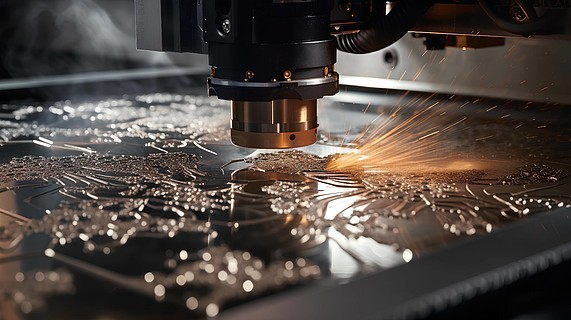
Implementing Laser Cutting: A Practical Guide
Selecting the Right Equipment
Key considerations:
| Factor | Fiber Laser | CO₂ Laser | Hybrid System |
| Metal Thickness | <25mm | <15mm | <30mm |
| Non-Metal Capability | Limited | Excellent | Good |
| Maintenance | Low | Moderate | Moderate |
Design for Manufacturing (DFM) Principles
Optimize designs for laser cutting:
- Minimum Hole Size: Diameter ≥ material thickness
- Internal Corners: Add 0.2mm radius to prevent cracking
- Nesting Efficiency: Group parts to maximize material use
- Tolerance Stacking: Account for 0.1mm thermal expansion
Cost Estimation Framework
Typical pricing models:
- Per-Hour Rate: 75−75−200 (machine + labor)
- Per-Part Pricing: 50−0.50−5.00 (volume dependent)
- Setup Charges: 50−50−300 (first article inspection)
Conclusion: The Competitive Edge of Laser Cutting
Laser cutting has fundamentally transformed modern manufacturing by:
- Enabling unprecedented precision(±0.1mm tolerances)
- Reducing production costs(60% less waste than milling)
- Accelerating product development(instant tooling changes)
- Supporting sustainable manufacturing(energy-efficient processes)
As Industry 4.0 advances, laser systems are becoming smarter, more connected, and more versatile. Companies adopting this technology gain:
- 20-40% faster time-to-market
- 30-50% lower production costs at scale
- Access to new design possibilities
“Ready to leverage laser cutting for your manufacturing needs? Contact our experts today for a free process evaluation and quote.”


